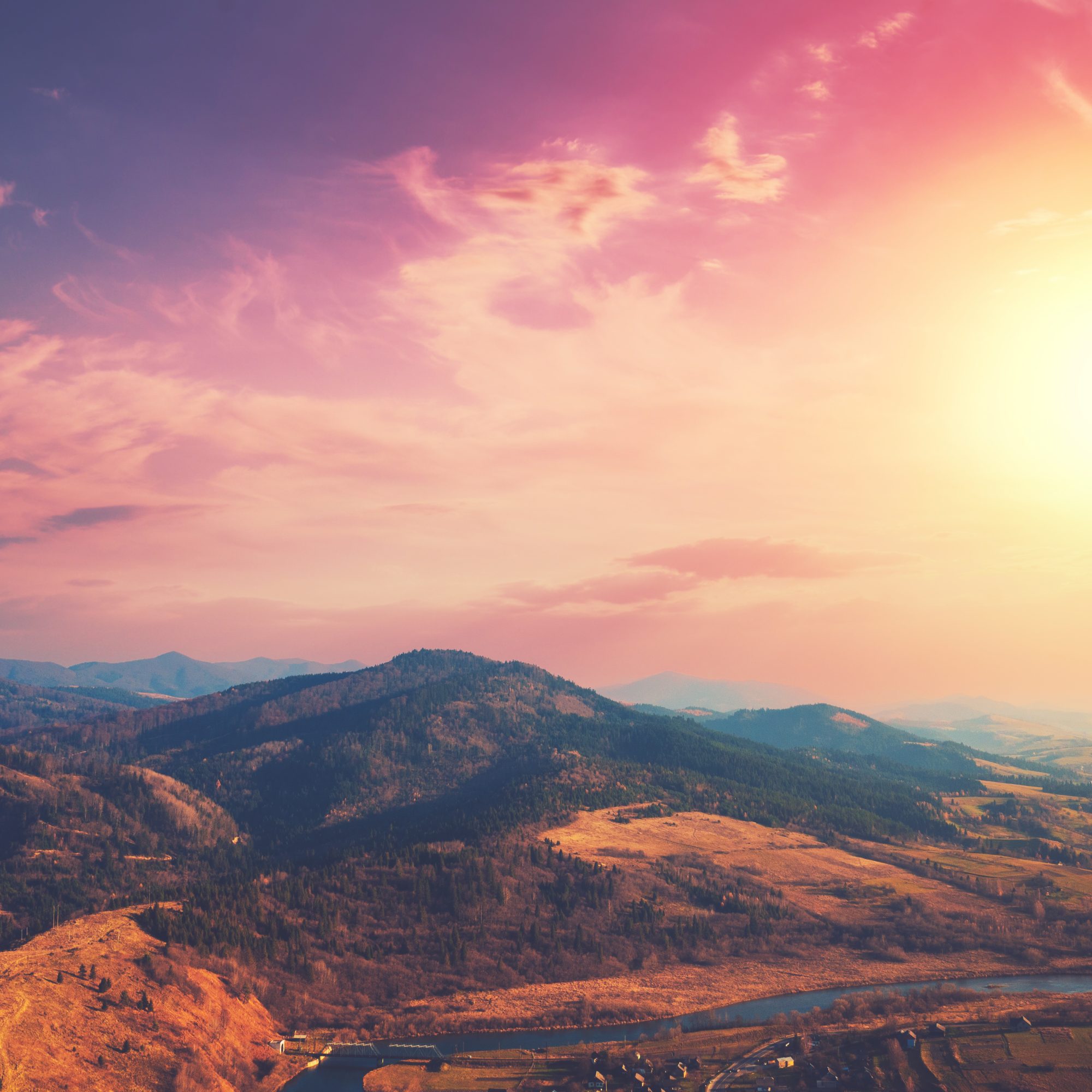Unlocking the Magic of Sunsets
Ever wondered why some sunset photos seem to whisper tales of unseen worlds, while others merely nod to the day’s end? It’s not just about being at the right place at the right time. Capturing the epic drama of a sunset requires a blend of technique, timing, and a touch of serendipity. The difference between a good photo and a breathtaking one often lies in the mastery of certain steps that elevate the ordinary into the realm of extraordinary.
One cornerstone of capturing stunning sunset photography is understanding the role of dynamic composition. A sunset is not just about the sun dipping below the horizon; it’s about how elements within the frame interact with this celestial spectacle. Integrating principles of dynamic composition can transform a simple sunset into a compelling narrative, where every cloud, wave, or silhouette tells a part of the story.
But before diving into the nitty-gritty of lens settings and post-processing, let’s take a moment to appreciate the sheer magic of sunsets. They remind us of the world’s beauty, offering a palette of colors that can range from fiery reds to tranquil blues. Capturing these moments not only challenges one’s skills but also provides a connection to the natural world that is deeply personal and universally resonant.
Chasing the Golden Hour
As any seasoned photographer will attest, the golden hour is not just a time; it’s a fleeting opportunity to capture light in its most ethereal form. This magical period shortly after sunrise or before sunset bathes the world in a warm, golden hue that can turn the mundane into the sublime. It’s all about timing—too early, and the light is too harsh; too late, and the moment has passed.
Equipping oneself with knowledge on the sun’s position is crucial. There are apps and websites dedicated to predicting the golden hour based on location, which can be invaluable tools in planning a shoot. However, the unpredictability of weather and cloud cover can turn these predictions on their head, introducing a thrilling element of chance to the pursuit of the perfect sunset photo.
Another key aspect is scouting locations ahead of time. A visually cluttered background can detract from the sunset, whereas a clear horizon or interesting silhouettes can enhance it. Experimentation is vital—trying different angles and compositions can reveal unexpected beauty. The golden hour’s soft light also reduces the need for artificial lighting, allowing the natural colors of the sunset to shine through.
Mastering the Technical Dance
Understanding the dance of aperture, shutter speed, and ISO is paramount in sunset photography. A smaller aperture (higher f-number) helps in capturing the depth and intensity of colors, while a slower shutter speed allows more light, making the colors pop. However, balancing these settings with the right ISO to avoid noise is the true art. Often, starting with a low ISO and adjusting according to the light’s intensity yields the best results.
Don’t shy away from manual mode. It might seem daunting at first, but it offers unparalleled control over the photo’s outcome. Bracketing shots by taking multiple exposures of the same scene can also help in capturing the perfect balance of light and shadow, which can be blended in post-processing for a stunning final image.
Lastly, embrace the power of post-processing. Even the most beautifully captured sunset can benefit from slight adjustments in contrast, saturation, or cropping to enhance its epic qualities. Tools like Adobe Lightroom or Photoshop can be allies in this creative process, allowing photographers to bring their vision to life.
In the pursuit of epic sunset photos, remember that each failed attempt is a step closer to mastery. The journey is as rewarding as the destination, filled with moments of wonder and beauty. So, grab your camera, chase the sun, and let the world see the sunset through your eyes.


0 Comment